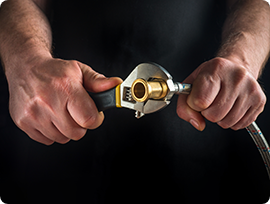Fire Hyrdrant
Flow Testing
Request A Service

Over 5 years

Dry Risers Worked With

Wet Risers

Anytime , anywhere
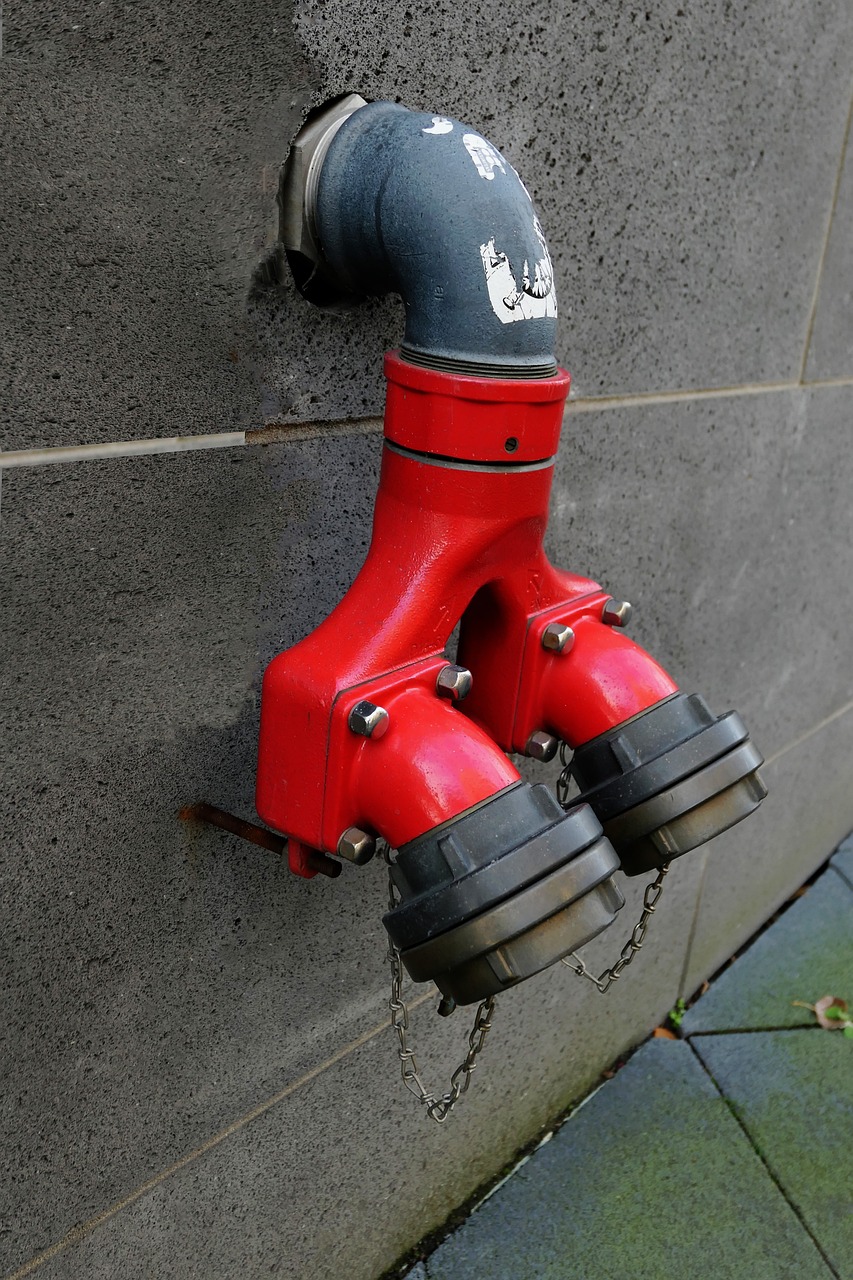
Flow Testing For Fire Hydrants
Comprehensive fire hydrant flow inspection and testing
We offer comprehensive fire hydrant inspection, testing, maintenance, and repairs anywhere in the UK!
To meet all legal requirements and ensure the safety and reliability of fire hydrants, we strictly follow the requirements and recommendations of the British Standard BS9990:15.
This guarantees fully functional and reliable equipment for firefighters to use in the case of a fire. Not only does it allow them to work faster and more efficiently but it could also save lives.
Our team of professional engineers has years of experience in installing, testing, maintaining, and servicing fire hydrants.
Plus, our experts will always bring spare inventory. In case of any damaged parts or leaks, they will be prepared and ready to replace or fix parts on the spot. This will save you time and money for a second appointment!
We have contracts with FM companies, Block management, and individual property owners throughout the UK.
How often is testing required on a fire hydrant?
The British Standard BS:9990:15 commands that privately owned fire hydrants need to be tested annually.
What is a fire hydrant?
Firefighters use fire hydrants to get access to a large supply of water in the event of a fire.
To make sure fire hydrants are available in case of emergency, privately owned hydrants need to be installed in every building that doesn’t have access to public fire hydrants.
In case of a fire, the fire engine will be connected to the fire hydrant through a hose. Another hose will be connected to the local water supplies, which allows firefighters to fight against fires quickly and efficiently.
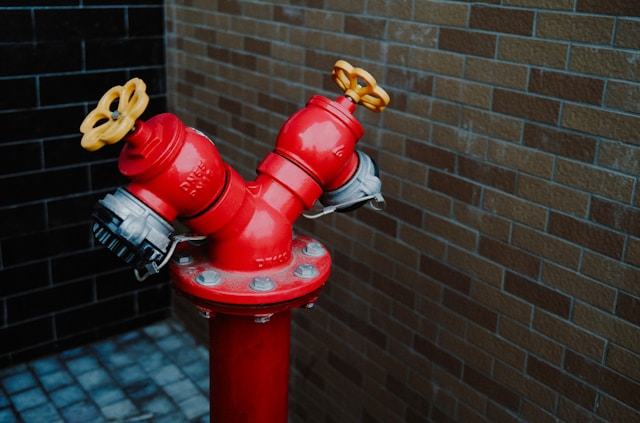

Why is fire hydrant testing so important?
Fire hydrants are an essential part of a firefighter’s equipment in the case of an emergency, as it provides the firefighters with a large amount of water. Having a reliable fire hydrant available saves time and potentially lives in the case of a fire.
As fires are usually unexpected, it is important to be prepared at all times. To ensure the top-quality and functionality of this important equipment, fire hydrants need to be tested once a year.
If any leaks or damaged parts are found, they can be replaced or fixed immediately.
Who is responsible for fire hydrant testing?
BS99990 Testing
The British Standard BS9990:15 is the latest version of BS:9990, published in 2015.
It provides requirements for fire hydrant installation, testing, maintenance, and servicing.
On top of this, it requires annual testing and documentation of privately owned fire hydrants.
Our team follows strictly the BS9990 requirements and recommendations to ensure the full functionality and reliability of fire hydrants.
To get further information about the recommendations and requirements of the latest BS99990 Standard, click here! (Insert link to BS:99990)
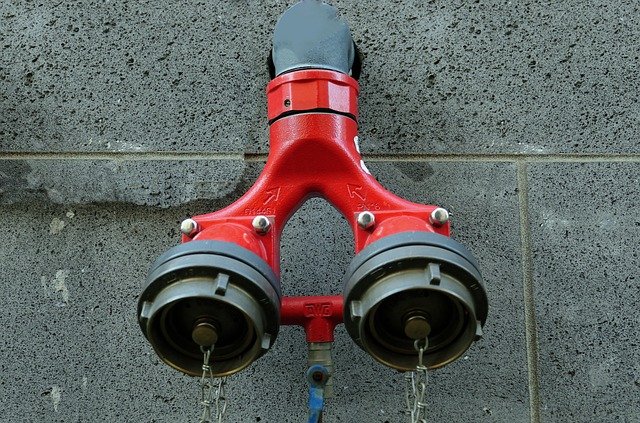

What does fire hydrant flow testing include?
The annual fire hydrant testing includes an inspection above ground and underground as well as a wet pressure test, a static pressure test, and a flow test.
During the above-ground test, our professionals will investigate the hydrant frame, the cover, the hydrant indicator plate, and the surface surrounding the hydrant.
The underground inspection includes the visual examination of the actual fire hydrant and the hydrant pit. Any visible damages that could affect the functionality of the hydrant, will be documented and repaired.
A wet pressure test will be carried out to check the hydrant for potential leaks. A standpipe will be put into the outlet and a blank cap into the standpipe head. This will allow water to flow through under high pressure and all parts will be checked for leaks.
Any leaks will be documented and fixed.
The static pressure test is a dry test and will be performed without the use of any water. A standpipe will be attached to the vent cock. Afterwards, the fire hydrant and the vent cock will be opened to release pressure, which will be measured.
The flow test will be performed to measure the flow rate in the water system. First, the hydrant will be flushed for 1 minute to remove any scraps, which could damage the flow sensor. Then a flow tube will be connected to the standpipe, the valve will be fully opened, and lastly, the flow rate will be measured.
After our experts have performed all testing and any potential on-spot repairs, a certificate stating the date will be handed over to the responsible person of testing (property owner, landlord, or facility manager). This certificate is also a confirmation that the fire hydrant meets all BS99990 requirements.
Why do fire hydrant flow testing with Dry Riser Solutions?
If your fire hydrant is due for annual testing, Dry Riser Solutions can help by providing fast and comprehensive testing from our team of professionals. We work together with experts from all over the country, which allows us to send quick help, no matter where you are located.
Our experts have years of experience in installing, testing, maintaining, and servicing fire hydrants. As servicing and testing fire hydrants is an essential part of their career, they know exactly what to do and are happy to answer any questions from your side.
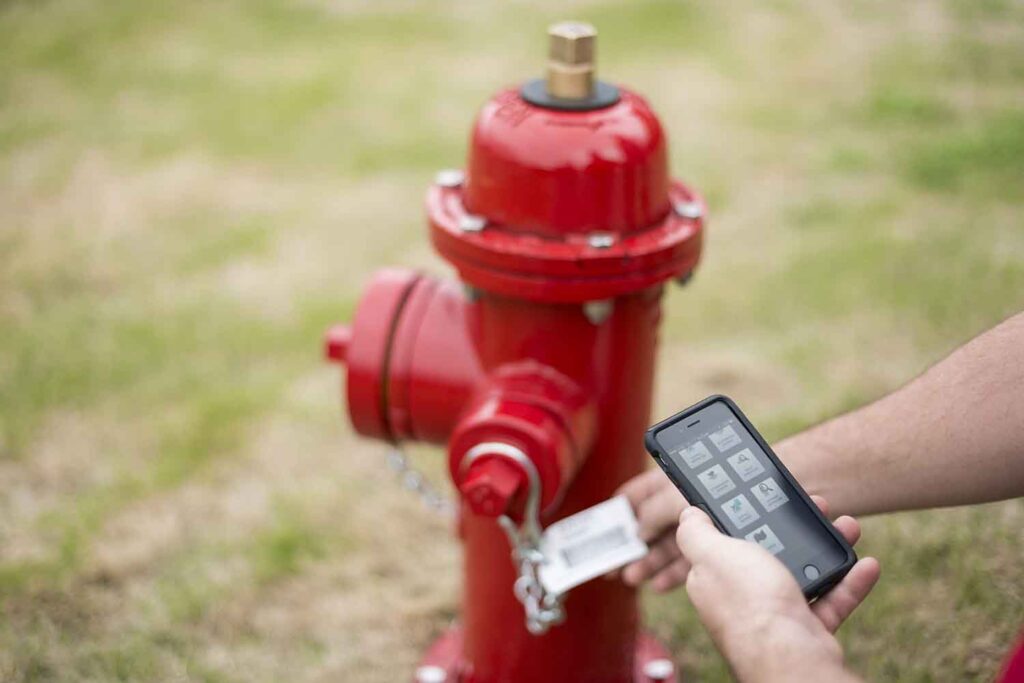
Moreover, our professional engineers always come with spare inventory. This means, they will be prepared for any potential leaks and damaged parts, they could find during the testing, and will be able to fix or replace these immediately.
Most importantly, we follow strictly the BS9990:15 guidelines and all are parts used in designing comply with the British Standard BS5041.
To book our fast and efficient service, please contact us!
We are open Mondays – Saturdays from 8am to 6pm and happy to make an appointment for your fire hydrant testing!
Underground fire hydrants also require regular inspection and occasional maintenance by a competent fire hydrant contractor.
The fire hydrant installation and maintenance of privately owned fire hydrants are governed by British Standards and Building Regulations, in particular BS9990:2015.
The maintenance of privately owned fire hydrants is a legal requirement, therefore, it is important to use a specialist contractor for the design, installation, testing, and maintenance.
As a specialist fire hydrant service company, we offer comprehensive maintenance and commissioning service which meets all the legal requirements. Call us today!
Accreditation
Having shown compliance with current health and safety legislation – ‘Dry riser solutions’ is accredited within the Contractors Health and Safety Assessment Scheme (CHAS).
All our projects are designed, installed and commissioned to industrial standard and legislation BS9990: 2015 Standards. All the parts used in designing are BS5041 standards.

Dry Riser Installation

Dry Riser Testing

Dry Riser Regualations

Wet Riser

Wet Riser Systems

Fire Sprinkler Servicing

Fire Hydrant Servicing

Fire Hyrdrant Flow Testing

BS9990

BS9251

Fire Safety Training


